What is being done to stop Australia’s emerging vaping crisis?
Wildly addicted and risking their health with every hit – our kids are turning to vapes in ever increasing numbers. And the cigarette companies are set to reap the benefits.
SA Weekend
Don't miss out on the headlines from SA Weekend. Followed categories will be added to My News.
Mother-of-three Wendy Beveridge had heard the horror stories about vapes – of lung damage, seizures, nicotine addiction and poisoning – so when she discovered her eldest child was addicted it was gut-wrenching.
What’s tough too is seeing her 19-year-old daughter trying to give up the deceptively sweet vapes which can contain the same harmful chemicals found in cleaning products, nail polish remover and weed killer – it’s just not on the pack.
Designed to stop the scourge of cigarette smoking, vapes are quickly becoming a gateway for a whole new generation to pick up the deadly habit – many of whom would never have touched a cigarette.
And parents like Beveridge want to see it kept out of the hands of their kids.
“I’ve heard horrendous stories of people hospitalised with lung problems from vaping and use these stories to try and stop my kids from doing it but they are so easily accessible with them purchasing these from other kids at school,” she says.
“I really worry about the health effects down the track so when I found out my own kids had tried them and my eldest was so addicted this was such a concern for me.
“She has tried to give up using them multiple times but continues to go back to them.”
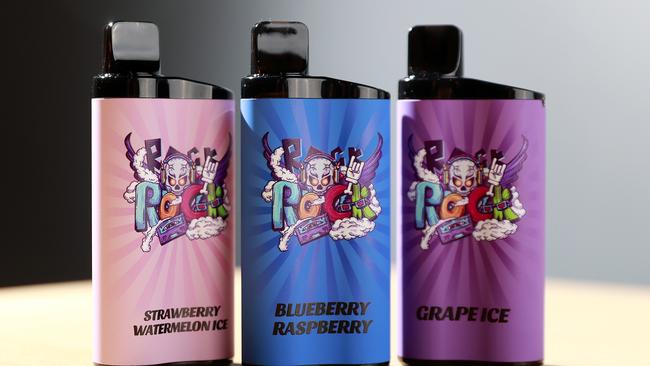
It’s what prompted the Wollongong mum to make a submission to the Therapeutic Goods Administration’s proposed reforms to nicotine vaping products (NVPs), which aim to prevent kids getting them, while supporting supervised access for adults trying to quit smoking.
Regulation has not gone far enough many say – while access to NVPs is meant to be by prescription only, so-called “nicotine-free” vapes of unknown quality and safety are sold in convenience stores and petrol stations around the country, often to minors. It’s a thriving black market where teens can also easily buy products on social media platforms and ply their own trade in the schoolyard.
Beveridge’s submission to the TGA review is one of over 4000, and in it she calls for tighter restrictions – from the border to the convenience store – to limit supply to kids.
“I have teenagers and am aware of children as young as 10 using these harmful devices,” she writes in her submission.
“My daughter is highly addicted to vaping. At 19 she has stated to me that she is more addicted to this than she ever was to smoking and believes it is easier to give up smoking.
“These are only flavoured to appeal to kids and young people. These kids aren’t vaping to give up smoking. They’ve probably never touched a cigarette. They are vaping because they think it’s cool.”
LACK OF RESEARCH
Unlike smoking, there’s little research on the long-term effects of vaping on young people which has prompted Cancer Council NSW researchers to launch a national project, Generation Vape.
Early findings of the survey of 14 to 17 year olds found a third had tried vaping, and half of those had never tried smoking prior to starting vaping. Over half used a vape they knew contained nicotine.
So how do we get the balance right? How do we allow smokers to use vapes as a tool to quit, while protecting our young from what’s shaping up to be the most serious risk to their health in decades?
Last week the TGA handed its recommendations to the federal government – these included a ban on flavours, a requirement for plain packaging and warning labels, and the need for an import permit to bring vapes into the country.
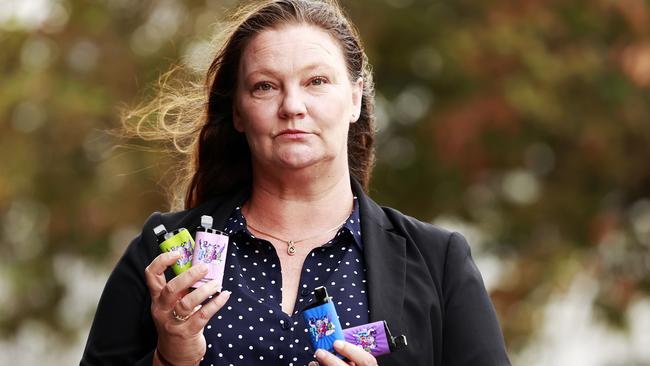
Federal health minister Mark Butler says the government had asked the TGA to undertake the consultation due to “exploding” rates of vaping, particularly among children and teens.
“At the moment, I feel we’re losing the battle. And it’s not just high school students, it’s primary school students as well,” he says.
“These vapes are deliberately and cynically marketed to children and teenagers. Some of them have Pink unicorns on them, they’re bubblegum flavoured.
“A parent talked to us (this month) about finding in their very young child’s pencil case a vape that was shaped like a highlighter pen, made to look like a highlighter pen.
“There’s no question this has substantially exploded, particularly through the Covid years.
“Numbers have exploded, and they’re causing very serious harm.
“The thing I really want to say is these things aren’t benign, they cause very serious health damage in and of themselves, and research (last week by the Australian National University) showed that they’re also a pathway to cigarettes.
“You’re three times more likely to take up cigarettes if you vape than if you don’t. That’s why the tobacco industry is pushing them so hard. They know that this is a way to create a new generation of nicotine addicts, which is why we’re determined to stamp it out.”
Butler says health ministers across the country would now consider the TGA recommendations and come up with a package of reforms to take action. He wants to see “full-throated debate” on the issue, and welcomed the wide-ranging views captured in the submissions from medical and health organisations, health professionals and parents as well as vape manufacturers and vapers.
Another concerned mother, Kathryn McCallum, says she just wants vapes “out of the reach of my children”.
“As a mum of two teenagers, I am writing to urge you to take the strongest possible action to crack down on the accessibility of vaping products,” she wrote.
“They should not be for sale and accessible to children, nor should they be marketed to them on social media or sold with colours and flavours. My sons are exposed constantly and I am stressed about their health.
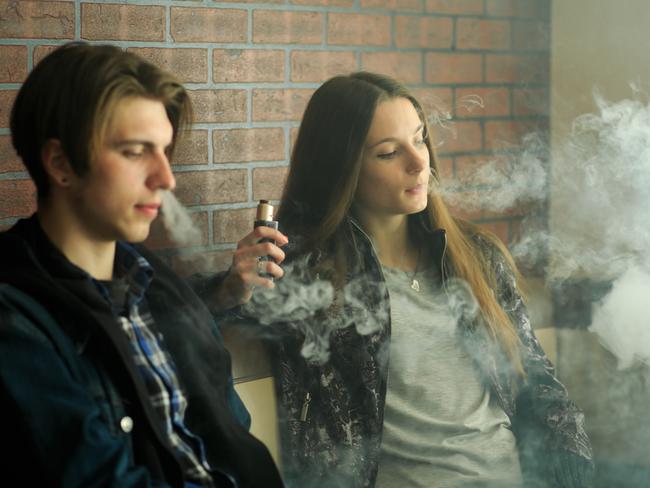
“I do not want my children exposed to non-nicotine-free vapes either – these products have not been proven safe and should not be available.”
Grandmother Pauline Worrad says her grandson – just 13 – is addicted to vapes.
“It appears that nothing I or his parents say or do makes any difference.”
WORSE THAN CIGARETTES
Schoolteacher Gail Driver sees the impact of lax regulation in the schoolyard and toilet blocks daily.
“I work in a public school and see clear evidence it is a major problem way worse than cigarettes,” she says.
“It is daily and multiple children using; they do it in the toilets so the teachers cannot or will not stop them. Blood noses and mouths if they go too far down on the product.
“Please stop them from entering our country or lose this current young generation to death or extreme bad health in years to come.”
However hundreds of former smokers also put their case forward to the TGA inquiry – many claiming that further restriction would bar them access from the very thing that was helping them kick the habit. Vapers like Angus Ladyman-Palmer, who took up smoking at 17 but switched to vaping after cigarettes started to make him “physically ill”.
He would rather the restrictions be stripped back – by removing the prescription-only model introduced in Australia in 2021; instead advocating for regulated, retail sales of nicotine vaping products to adults with ID verification.
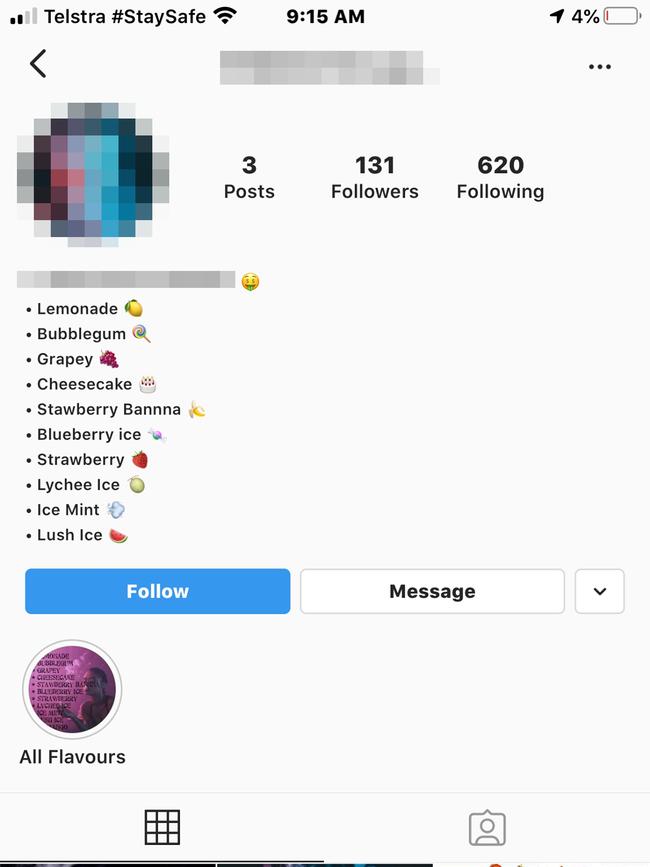
“I started feeling physically ill when having smokes, it is hard to explain fully on how I felt other than really toxic and sick within my whole being when having cigarettes,” he states.
It took three months for him to quit cigarettes using vaping as a cessation tool, and three years down the track he feels “much healthier”.
Dylan Smith, also a vaper, is against any further restrictions too, arguing that by making it impossible to get legally, would only see people find other avenues to get it.
“It would make it even more difficult to vape, and I would probably turn back to smoking cigarettes after being off them for seven years,” he says. “I would have to travel hundreds of kilometres, visit dozens of doctors and most likely would still not find one who prescribes.
“Adults enjoy a variety of flavours too. Plain packaging makes no sense.”
Zack, of Super Vape Store, says in his submission that a script-only, pharmacy dispensed model was not working. For him, the solution was simple.
“The only way you regulate this industry is similar to tobacco,” he says. “Stop online sales and personal importation. Have licensed distributors/importers with registered/tested products. Have designated licensed stores ‘tobacconists/ vape stores’ that sell approved, tested products.”
Zack says the government currently stops a tiny percentage of illegal products, and to be successful would require a high level of enforcement.
“How successful have you (the government) been at (restricting the supply of) weed, cocaine and other party drugs?” his submission asks.
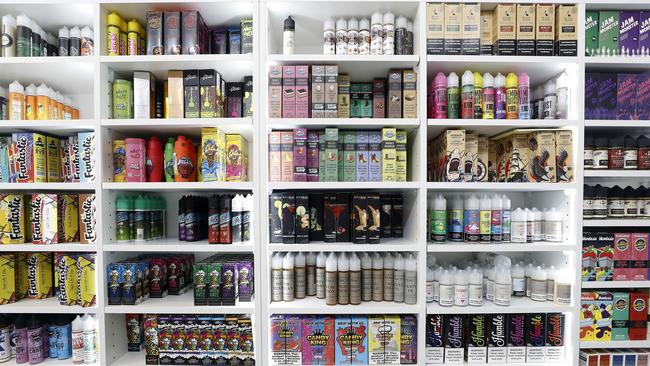
However, the ANU research, published in the Medical Journal of Australia last week found that most use of vapes is not for smoking cessation, since most smokers who vape continue to smoke and most use in young people isn’t about quitting smoking.
Lead author Professor Emily Banks says vaping presents multiple risks, particularly for nonsmokers, children, adolescents and young adults.
She says almost all vapes deliver nicotine which is extremely addictive, with young people especially vulnerable to addiction as their brains are still developing.
“We tend to trivialise addiction, saying things like ‘I’m addicted to chocolate’,” she says in the research. “Addiction is a serious health issue and people addicted to vapes are going through repeated cycles of withdrawal, irritability, feeling bad and craving until they vape to feel normal again. For children and adolescents that can mean having difficulty sitting through a lesson or a meal with family.”
Other risks identified in the review include poisoning, especially in small children, seizures and loss of consciousness caused by nicotine overdose, headache, cough, throat irritation, and burns and injuries, largely caused by exploding batteries.
THE VAPE EXPLOSION
Even though vapes have only become widely available in the last decade or so, the first patent for an “electric vaporiser” was granted in 1930, though it was never commercialised.
The first commercially successful e-cigarette was created in 2003 by a Chinese pharmacist, inventor and smoker Hon Lik – who reportedly created the device after his father, also a heavy smoker, died of lung cancer.
Now a multibillion-dollar global industry, many countries have heavily restricted – or banned – the product over health and safety concerns.
An estimated 1.5 million Australians vape, the majority illegally, consuming over five million units or $100m retail value of product a month.
In this country, it has been illegal to import and purchase nicotine vaping products without a valid prescription since October 2021, yet a rampant black market exists. NSW Health can prosecute retailers for selling e-cigarette and e-liquid products that contain nicotine; the maximum penalty is $1650 or six months’ prison, or both.
The state government seized more than 166,000 e-cigarette products with an estimated street value of over $4.6m from February 2021 to September 2022. In the past 15 months, Australian Border Force seized more than 508,000 non-compliant nicotine vaping products.
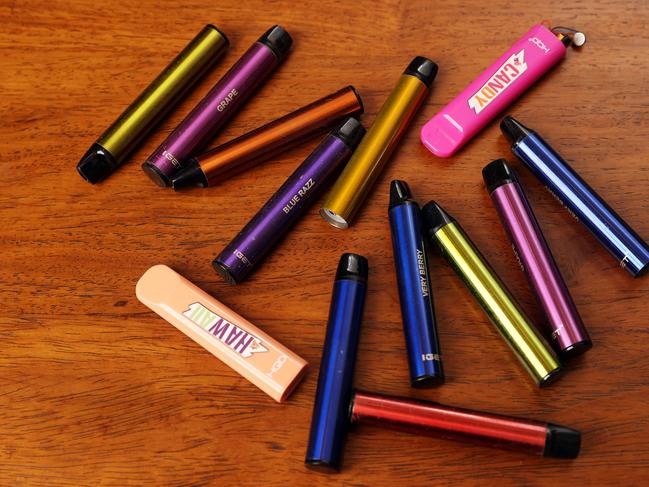
However, Australian Association of Convenience Stores’ CEO Theo Foukkare says modelling has shown an estimated 90 million vapes were imported into Australia last year.
He says the government has “lost control’’ of the vaping industry, which has been infiltrated by organised crime – he’d heard of tobacco retailers being stood over by criminals trying to coerce them to sell their products.
In its submission to the proposed TGA reforms, Australian Medical Association president Professor Steve Robson says the peak body wants the government to add NVPs to
real-time prescription monitoring programs, and telehealth smoking cessation items amended so only a patient’s usual doctor could prescribe them.
While the TGA consultation focuses primarily on NVPs, the AMA wants to see tough controls on the importation of all vaping products through customs.
“We know many products marketed as not containing nicotine have been found to contain nicotine and products have also been found to contain prohibited chemicals that can cause serious harm, like vitamin E acetate and diacetyl, which can cause serious damage to the lungs,” Robson says.
In its submission, the Royal Australian College of General Practitioners recognises the “urgent need” to review existing legislation, however warns that some proposed reforms may have “unintended consequences for prescribing for smoking cessation”.
The RACGP supported progressing towards an Australian Register of Therapeutic Goods registered NVP. “This would give clinicians greater confidence about efficacy, quality and safety and bring NVPs into line with most medicines prescribed by doctors,” RACGP president Dr Nicole Higgins wrote.
As of 12 January 2023, the TGA has approved 1635 Authorised Prescriber applications for NVPs – Dr Carolyn Beaumont is one of them.
“NVPs are here to stay, for better and for worse,” she says. “They can provide a crucial method of smoking cessation for millions globally, and are therefore front and centre of reducing smoking-related death and disease.
“Adult smokers need to have access to safer, high quality NVP alternatives. This is the field of tobacco harm reduction.
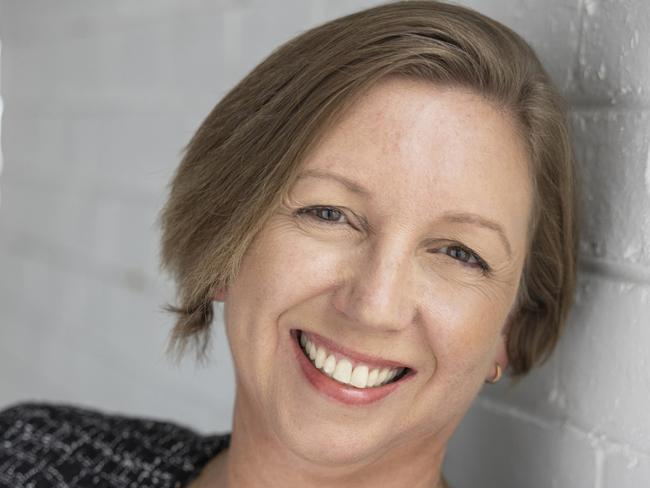
“But NVPs will continue to have an irresistible appeal to youth. Nicotine’s ancient addictive pull combines with the modern day colourful enticing vape and schoolyard illusion of harmlessness. A black marketeer’s dream product. Any TGA recommendation needs to keep this triad of tobacco harm reduction, youth uptake prevention and black market control at the forefront of all they do.”
Beaumont says plain packaging and warning labels may be beneficial, however these need to
extend to the actual product.
SHINY AND ALLURING
Cigarettes are essentially indistinguishable once out of their packaging, and this should be the same for vapes.
“No metallic neon gleam, no garish colours, just good ol’ boring ‘ventolin blue’ or maybe ‘1970s kitchen cupboard brown’,” she suggests.
“Adult smokers genuinely using NVPs as an alternative wouldn’t mind, and maybe kids would find them boring enough to ignore.”
Flavour bans are more problematic, she says, and it isn’t as simple as banning or limiting flavours. “Maybe the description of flavours needs to be limited, rather than the flavours themselves,” she says.
“There is no need for a flavour to contain two words. ‘Candy crush’, ‘gummy bear’, ‘strawberry cheesecake’, ‘unicorn vomit’ – seriously? Are these even real flavours? Not even the youth-oriented ‘alcopops’ come in as many flavours.
“I’d like to see flavours kept to a reasonable range to give adults adequate choice, without the infantile cartoonish additions. Tobacco. Menthol. Mint. Berry. Vanilla. Citrus. Flavours designed and marketed to grown-ups.”
Beaumont agrees with a set nicotine concentration limit, but says the problem is that the majority of Australian doctors don’t smoke or vape – so it is difficult for them to understand what strength is appropriate and to have confidence prescribing vapes.
“If the government remains insistent upon a prescription model, doctors must be able to access clear information about how to prescribe NVPs appropriately,” she says.
That’s why Beaumont feels the personal importation scheme needs to remain available.
“No wonder the vast majority of doctors won’t prescribe NVPs,” she adds. “The prescription system is onerous and confusing for doctors and patients. Let’s be clear – while Australia remains prescription-only for NVPs, accessing the script remains one of the biggest barriers for legitimate, adult NVP access for smoking cessation.”
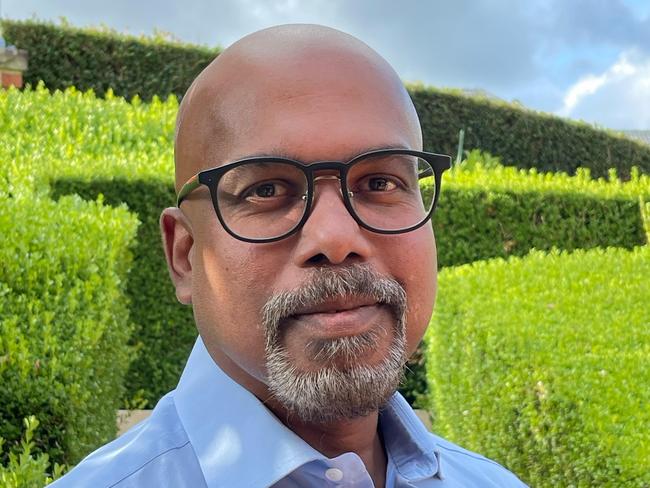
An independent manufacturer of Australian Standard NVPs would also like to see more support for GPs who want to prescribe them.
In its submission, From the Fields Pharmaceutical supports the prescription-only model, claiming its “legitimate business supplying genuine products” has been disadvantaged by the black market.
The company is only able to reach two per cent of the adult vapers with a valid prescription, while the black market reaches an average of more than one million consumers a month.
CEO and founder Wilhelm David says the current vaping review is addressing a “spectacular regulatory failure”. “An underlying issue in Australia’s vaping crisis is that organisations like the AMA do not support the current government-backed, medically prescribed model because they don’t believe vaping helps people to quit smoking,” David says.
“But this is despite mounting evidence which says vaping products can address smoking cessation under GP medically prescribed guidance and a pharmacy distribution network.
“Their position is effectively to apply a simple ban to all vaping. Not only is this stance unrealistic, it is also ignorant to the sustainable treatment so many adult patients now receive with this legitimate smoking cessation product.”
David says the 2.6 million adult smokers need a “genuine pathway to quitting” alongside traditional nicotine replacement therapies such as patches and chewing gums.
ANU’s Banks says while its research found that most people who quit smoking did not use any specific products, the review found that vapes can help some smokers to quit.
“Our lungs are designed to breathe fresh air,” she says. “People using vapes are inhaling a complex cocktail of chemicals. While we know about some of the risks of vaping, the review found that the effects of e-cigarettes on major health conditions like cancer and cardiovascular disease are unknown.
“The evidence supports Australia’s prescription-only model for e-cigarettes, which aims to avoid use in nonsmokers and young people while targeting use for smokers seeking to quit.”
More Coverage
Originally published as What is being done to stop Australia’s emerging vaping crisis?





